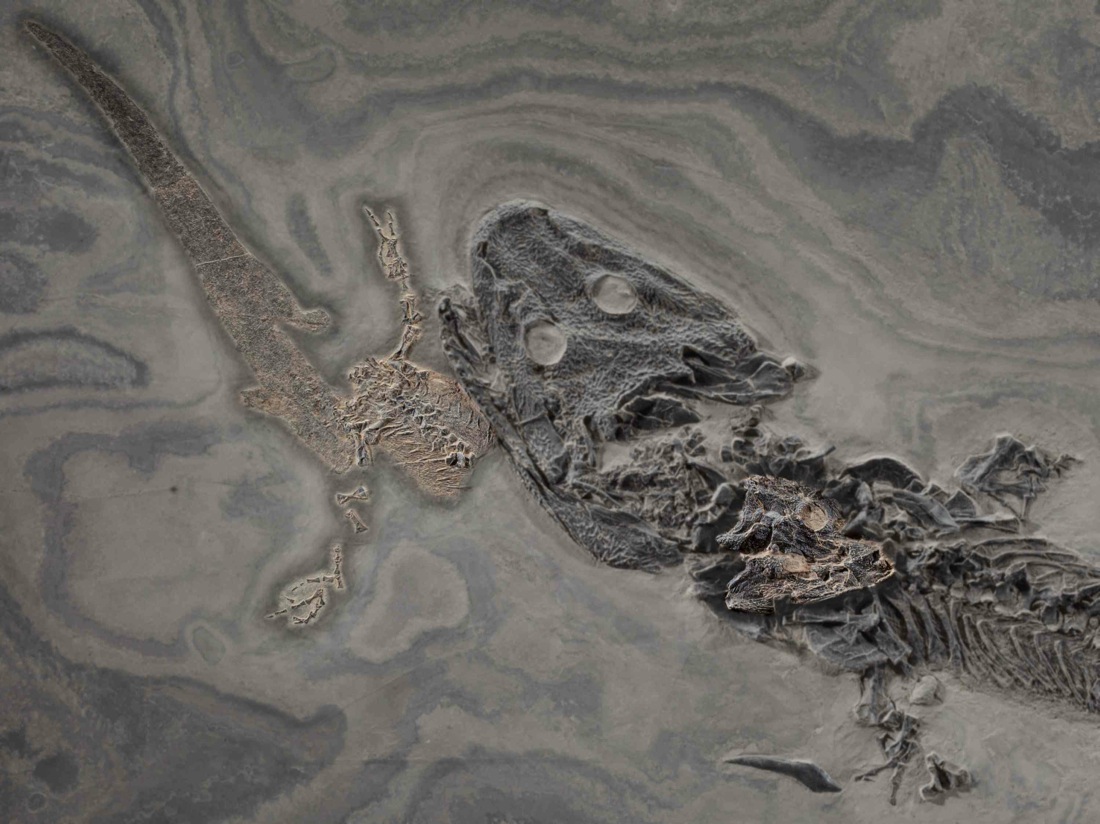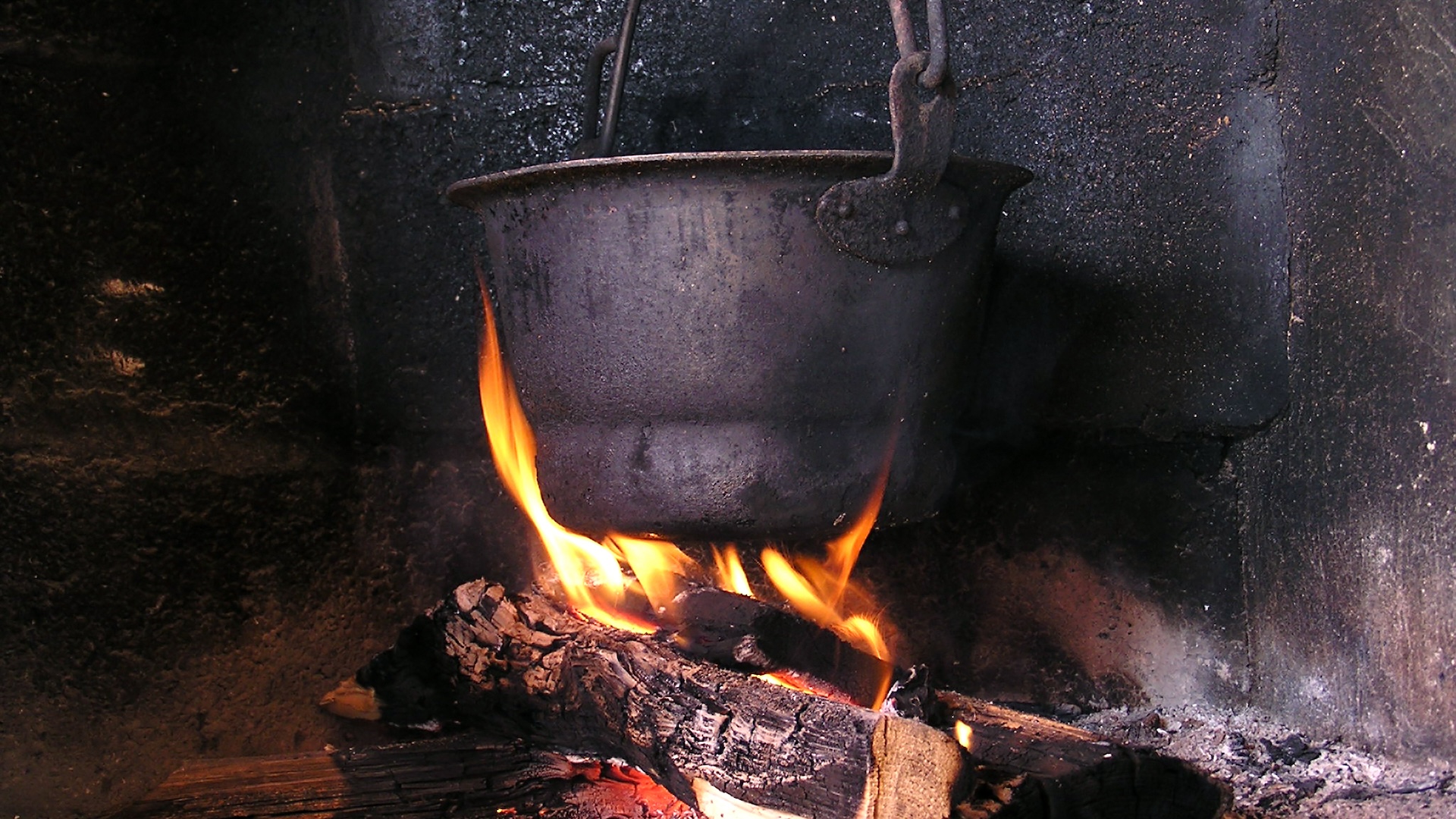Fossil of Ancient Amphibian Choking on Last Meal Up for Auction

In rare cases, one of life's important childhood lessons — always chew your food properly — becomes fossilized. And now, anyone can own one of these reminders in rock. A specimen containing the remains of a large, predatory amphibian choking on another creature is up for auction in October.
Nearly 300 million years ago, during the Paleozoic Era, this predator attempted to eat another, smaller amphibian. The larger creature died mid-meal with the smaller one's body half-consumed. This type of fossil, in which a predator chokes on its prey, is known as an aspiration.
When a scene like this is captured forever by geology, the value of the fossil goes up, said Jim Walker, director of the nature and science department at the auction house Heritage Auctions. [See Photos of 'Choking Predators' and other Fossils for Auction]
"It affects it to the degree of eight or 10 times without any trouble at all," Walkersaid. Heritage expects this specimen to sell for between $150,000 and $250,000.
The predator in this case is a 28-inch-long (71 centimeters) creature known as Sclerocephalus haeuseri. Artists' representations of it depict an animal that looks like a cross between an alligator and a salamander, with a heavy skull and jaws, a streamlined body with a menacing-looking tail, and eyes on top of its head.
The resemblance to a crocodile or alligator is no coincidence. During the Permian Period — the last period of the Paleozoic lasting from 299 million to 251 million years ago — this ancient amphibian filled a similar ecological role to these modern aquatic predators, Walker said.
This phenomenon, when natural selection directs unrelated organisms to acquire similar traits, is known as convergent evolution. For instance, extinct marine reptiles known as ichthyosaurs are frequently cited as examples of convergent evolution, because their bodies acquired features resembling those of dolphins, tuna and sharks.
Sign up for the Live Science daily newsletter now
Get the world’s most fascinating discoveries delivered straight to your inbox.
The smaller fossilized amphibian is tentatively identified as another species, Cherlyderpeton latirostris, but it may be a younger version of the animal that ate it. S. haeuseriate fish, smaller amphibians and sometimes each other.
Aspirations like this are quite rare, but the auction features two more such cautionary tales, both involving fish similar to modern-day perch known as Mioplosus labracoides, In one case, this predatory fishchoked to death while eating one of its kind, more than 50 million years ago. In the second, the Mioplosus died eating a smaller fish of another species.
Online bidding is open until 10 p.m. ET on Oct. 19 for Heritage's nature and science auction. Live bidding takes place on Oct. 20.
Follow LiveScience @livescience, Facebook & Google+. Original article on LiveScience.











